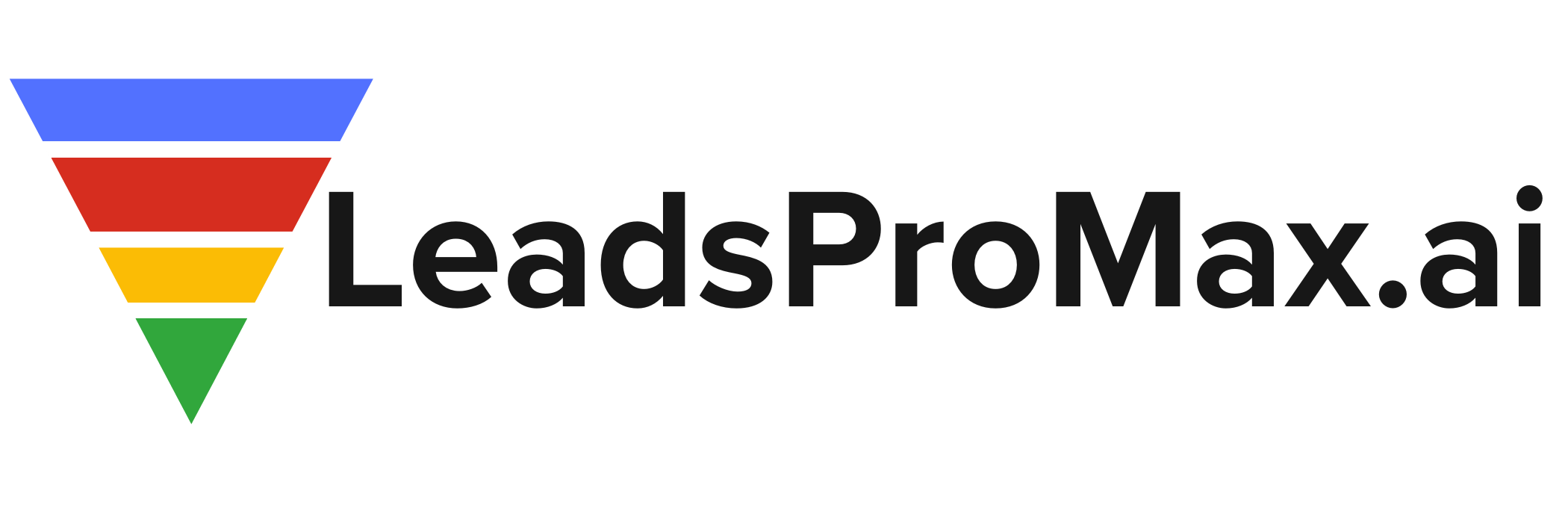Navigating the Surging Tides of Big Data Analytics: A Deep Dive into the Trillion-Dollar Market
The world of big data analytics is on the cusp of a remarkable transformation, with projections indicating a staggering valuation of US$ 1,112.57 billion by 2033[1]. As businesses across industries grapple with the challenges and opportunities presented by the ever-expanding data landscape, it is crucial to understand the key drivers, trends, and implications shaping this dynamic market.
The North American Dominance and Cloud-Based Ascendancy
North America, a hub of technological innovation, currently holds the lion’s share of the big data analytics market, commanding an impressive 35% as of 2024[1]. This regional dominance can be attributed to the presence of tech giants, a thriving startup ecosystem, and a culture of data-driven decision-making. As businesses increasingly embrace the power of analytics, software emerges as the dominant component, constituting a significant 70% of the market[1].
Moreover, the shift towards cloud-based deployment is gaining momentum, with 61% of the market opting for the scalability, flexibility, and cost-effectiveness offered by cloud solutions[1]. This trend is expected to accelerate as businesses seek to harness the full potential of their data assets while minimizing infrastructure investments.
Navigating Regulatory Fragmentation and Industry-Specific Demands
As the big data analytics market expands, businesses face the challenge of navigating an increasingly complex regulatory landscape. With stricter AI ethics compliance mandates and regulatory fragmentation, organizations must strike a delicate balance between leveraging data insights and ensuring data privacy and security.
Furthermore, the demand for vertical, industry-specific predictive analytics solutions is on the rise, overshadowing broad horizontal tools. Businesses are seeking tailored solutions that cater to their unique challenges and opportunities, driving the development of niche analytics platforms that combine domain expertise with cutting-edge technology.
Harnessing the Power of Edge-to-Cloud and Privacy-Enhancing Technologies
Advancements in edge-to-cloud latency reduction are paving the way for real-time IoT decision automation, enabling businesses to make swift, data-driven decisions at the point of action. By bringing analytics closer to the data source, organizations can unlock new levels of efficiency, responsiveness, and innovation.
Moreover, the rise of privacy-enhancing technologies (PETs) is transforming the landscape of data collaboration. PETs enable cross-company data sharing without compromising data exposure, fostering a new era of secure and compliant data partnerships. This development opens up exciting possibilities for businesses to leverage collective intelligence while safeguarding sensitive information.
The Talent Conundrum and the Quest for Hybrid Skill Sets
One of the most significant challenges facing the big data analytics market is the scarcity of talent, particularly those possessing a hybrid skill set combining MLOps and domain expertise[1]. As businesses struggle to find and retain the right talent, return on investment timelines are often delayed, hampering the full realization of analytics initiatives.
To bridge this gap, organizations must invest in upskilling and reskilling programs, fostering a culture of continuous learning and development. Collaborations with educational institutions and industry partners can help nurture the next generation of data professionals, equipped with the technical prowess and domain knowledge necessary to drive innovation.
The Generative AI Revolution: Multi-Modal Data Fusion and Beyond
Generative AI is reshaping the landscape of predictive modeling, enabling the fusion of structured, unstructured, and real-time data streams. This multi-modal data integration unlocks previously untapped insights, empowering businesses to make more informed and contextually relevant decisions.
Walmart, for instance, has harnessed the power of generative AI to integrate satellite imagery, sales data, and customer foot traffic, optimizing store layouts and achieving a remarkable 12% increase in revenue per customer[1]. Similarly, HSBC employs generative AI to simulate market shocks by merging historical trading data with geopolitical event logs, enhancing risk mitigation by an impressive 24%[1].
Navigating the Challenges and Seizing the Opportunities
As the big data analytics market surges forward, businesses must navigate the challenges posed by data governance, talent acquisition, and the continuous evolution of AI models. The dynamic nature of model drift associated with generative AI necessitates ongoing recalibration expenses, demanding a proactive approach to model management and maintenance.
Despite these hurdles, the market’s strong momentum, driven by AI-driven verticalization, advanced analytics techniques, and increasing cloud adoption, presents a wealth of opportunities for businesses to gain a competitive edge. By embracing the power of big data analytics, organizations can unlock hidden insights, drive innovation, and make data-informed decisions that propel them towards success.
Charting the Course Ahead
As we embark on this exhilarating journey into the trillion-dollar big data analytics market, it is essential to stay attuned to the evolving landscape, adapt to emerging trends, and continuously invest in talent and technology. By doing so, businesses can harness the full potential of their data assets, drive meaningful change, and position themselves at the forefront of the data revolution.
The path ahead is laden with challenges and opportunities, but with a strategic approach, a commitment to innovation, and a relentless pursuit of data-driven excellence, businesses can navigate the surging tides of big data analytics and emerge as leaders in their respective industries.
#BigDataAnalytics #DataDrivenDecisions #GenerativeAI #EdgeToCloud #PrivacyEnhancingTechnologies
-> Original article and inspiration provided by AstuteAnalytica
-> Connect with one of our AI Strategists today at ReviewAgent.ai

